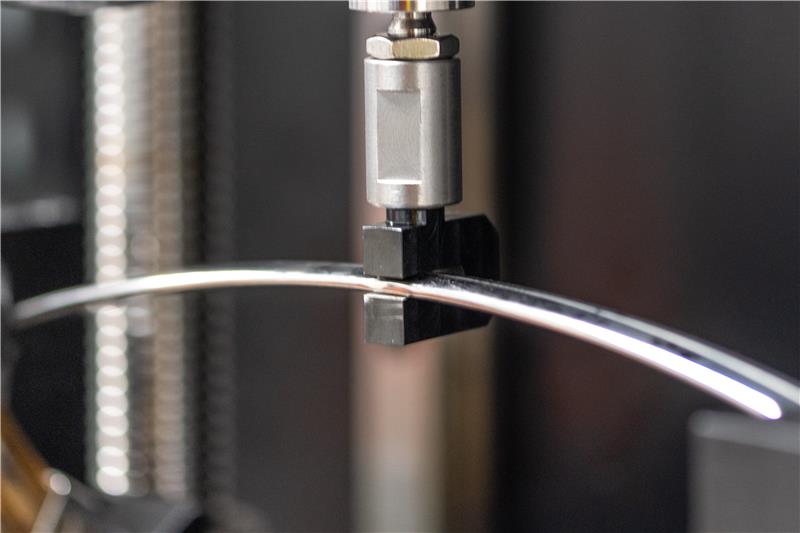Thanks to a breakthrough testing method used by Łukasiewicz – Poznan Institute of Technology, researchers have developed innovative chest implants. On average, we breathe 16 million times in two years. Testing of thoracic correction implants should take the same amount of time, but Łukasiewicz – PIT researchers exposed the implants to such an amount of chest movements within a month.
The new implants eliminate the need for wire, making them not only more stable, but also more comfortable and less painful for the patient. It’s an innovation created by BHH Mikromed, AGH University of Science and Technology and Łukasiewicz – PIT, in cooperation with surgeons from the Department of Pediatric Malformation Surgery and Traumatology at the Silesian Medical University in Zabrze. It is designed to increase patient comfort when correcting chest defects.
The new implant eliminates the wire, replacing it with steel “paws” that grip the rib and fix the implant with a properly tightened screw. The ribs are not drilled. The new implant provides stability, avoiding damaging the ribs, tissues or organs. Wearing it is more stable, comfortable and, above all, less painful.
Over two years, a person takes about 16 million inhalations and exhalations. Testing chest-correcting implants on artificial ribs should therefore be done for two years as well. But researchers at the Łukasiewicz-Poznan Institute of Technology sped up the testing process and shortened it to a month, keeping the same impressive number of implant movements. All this is done so that patients with chest deformities can – after receiving these implants – live more comfortably.
Before the implant is placed in a patient, it must undergo detailed tests. These take place at Lukasiewicz – PIT, where as many as ten different sizes of implants are tested. Researchers have constructed a special stand where the force of human breathing is simulated on implants attached to 3D-printed ribs.







